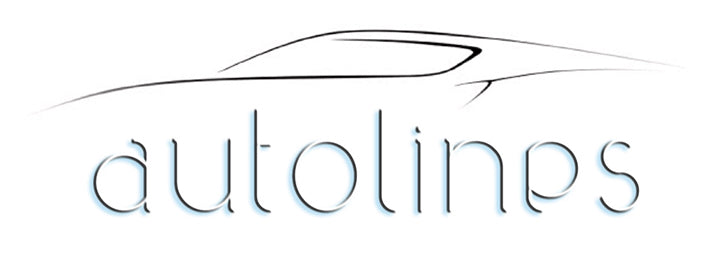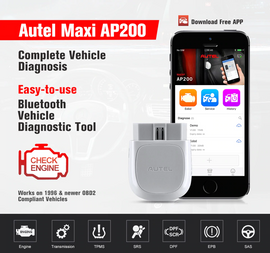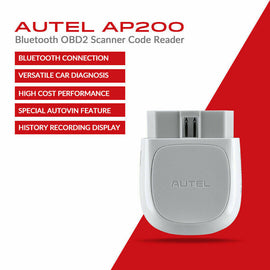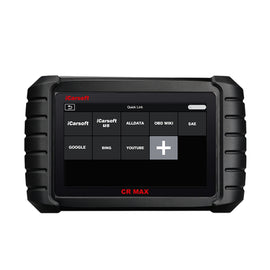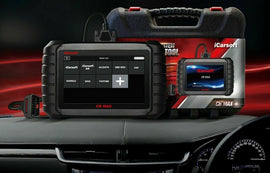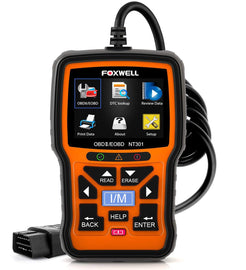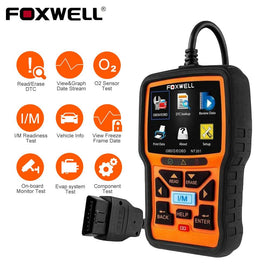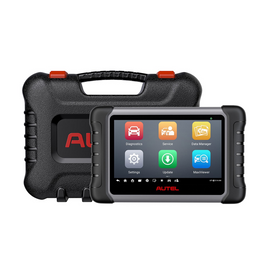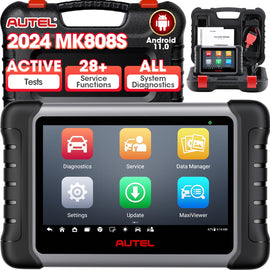At some point, most of us have misplaced a vehicle key. In the past, if you had a transponder key, your only choice was to shell out a ton of cash at the dealership to get a new one cut and programmed. But now, you’ve got options!
There are OBD2 scanners for car owners to identify vehicle issues, while dedicated key programming tools can clone, program, or offer a relearning feature for the car key.
But which technique to approach, or should we say which feature, is the right choice — programming, cloning, or relearning?
Let’s learn about all the key programming features in a comparison and make an informed decision when choosing.

What is Key Cloning: Benefits and Challenges
One of the most popular and effective methods for making duplicates of contemporary car keys is key cloning. Cloning focuses on a key's electronic identity rather than traditional key cutting, which only duplicates a key's physical shape.
A transponder chip found in contemporary car keys transmits a distinct signal to your car's immobiliser system. Before the engine starts, this signal verifies the key's authenticity.
The process of key cloning involves transferring that digital fingerprint, or electronic signal, from your car's system or your original key onto a blank transponder key. The end result is a new key that precisely replicates the signal from the original key, enabling the car to start without requiring the computer system to be reprogrammed.
Benefits:
- No need to access the immobiliser or ECU.
- Great for fast key duplication.
- Minimises risks of programming errors or system issues.
Challenges:
- You need an existing key to do this.
- It doesn’t work well with newer encrypted transponder systems.
While cloning works really well for shops that offer spare key services, as car makers adopt more advanced encryption and rolling-code tech, cloning might not be as widely applicable anymore. New tools, like the Autel key programmer, can handle both cloning and programming, which gives techs more options.
Key Programming: Benefits and Challenges
Your car's engine computer, instrument cluster, immobiliser module, or steering column ignition lock module may store important programming data, depending on the year, make, and model. The key's digital signature must match a matching module when you attempt to start your car.
The car will not start if these don't match. When you try to start your car, the key must be properly programmed to match the signal that your vehicle sends. For most cars to accept key programming, at least two different key signatures are needed.
Benefits:
- You can add or replace keys even if you don’t have an existing one.
- It works with encrypted and remote keys.
- You can integrate it with smart key and push-start systems.
Some Challenges Include:
- You’ll need access codes, PINs, or other security info.
- It’s often more technical and takes longer than just cloning keys.
Luckily, modern car key programmer devices often have diagnostic features that make things easier. For example, the top car key programmers today walk you through the process step-by-step, which really helps cut down on mistakes.
Relearning: Benefits and Challenges
When a battery is disconnected or specific parts are replaced, the car's computer learns new settings as part of a key programmer's 'relearning' feature, which is distinct from initial key programming. It enables the vehicle to adapt to changes, helping avoid problems such as excessive or irregular idle speeds.
One popular technique is to start the engine and leave it in Park for a predetermined amount of time. Another is to perform an 'Idle Learn Reset' using a diagnostic scan tool.
Benefits:
- Helps avoid immobiliser errors or mismatches in the system.
- Restores smooth communication between all parts.
- Make sure the car recognises the new key correctly.
Challenges:
- You’ll need some advanced diagnostic tools to get this done.
- It can really differ between various car models.
Some of the fancier automotive key programming tools can handle this relearning automatically, while others may require you to follow manual steps according to the manufacturer's guidelines. In any case, this feature is essential to ensure everything works perfectly after you've made any key or ECU-related changes.
Comparative Overview: Key Cloning vs Programming vs Relearning
A comparison of the technical key programming features shows how each process plays a unique but supportive role.
|
Feature |
Cloning |
Programming |
Relearning |
|
Purpose |
Duplicate an existing key |
Register a new key to the vehicle |
Sync the new key with the system |
|
Need for Original Key |
Required |
Not required |
Optional |
|
Speed |
Fast |
Moderate |
Moderate |
|
Complexity |
Low |
High |
Medium |
|
Vehicle Compatibility |
Limited |
Wide |
Variable |
|
Security Level |
Minimal |
High |
Moderate |
Choosing The Best Car Key Programmers For Vehicles
There are quite a few types of car key programmers, including key programming tool bundles, each designed for varying skill levels and needs. Locksmiths and auto shops usually opt for high-end bundles that include built-in diagnostic tools.
Meanwhile, general mechanics tend to favour smaller, more user-friendly models that can efficiently tackle the usual programming tasks.
In the end, the best approach is to focus on the key programmer features themselves. Combined, they form the core of today’s key management, enabling professionals to deliver safe, efficient, and dependable solutions across various vehicles.
Conclusion
Understanding the key programmer features and their differences in cloning, programming, and relearning helps professionals choose the right solution for every situation.
Each feature serves a unique purpose—from duplicating existing keys to syncing new ones with advanced car systems. For experts seeking precision, reliability, and efficiency, Autolines Australia offers the best car diagnostic scan tools and key programmers, combining advanced key programming features with an intuitive design.
Whether you’re an automotive locksmith or technician, choosing the right diagnostic and key programming equipment ensures smoother operations. It also delivers faster results and improved vehicle compatibility. That’s why Auto Lines Australia is a trusted partner in modern automotive solutions.
FAQs:
1. What are the key differences in the key programmer feature comparison?
Cloning duplicates of existing keys, programming new registers, and relearning syncs vehicle systems for smooth communication. Each serves a distinct role in key management efficiency.
2. How does key cloning differ from programming and relearning?
Key cloning copies the existing key’s data, programming adds new keys without originals, and relearning ensures system compatibility after key or ECU changes.
3. Which key programmer features are best for automotive locksmiths?
Locksmiths benefit most from tools offering cloning, programming, and diagnostic features for versatility, precision, and handling a wide range of vehicle models efficiently.
